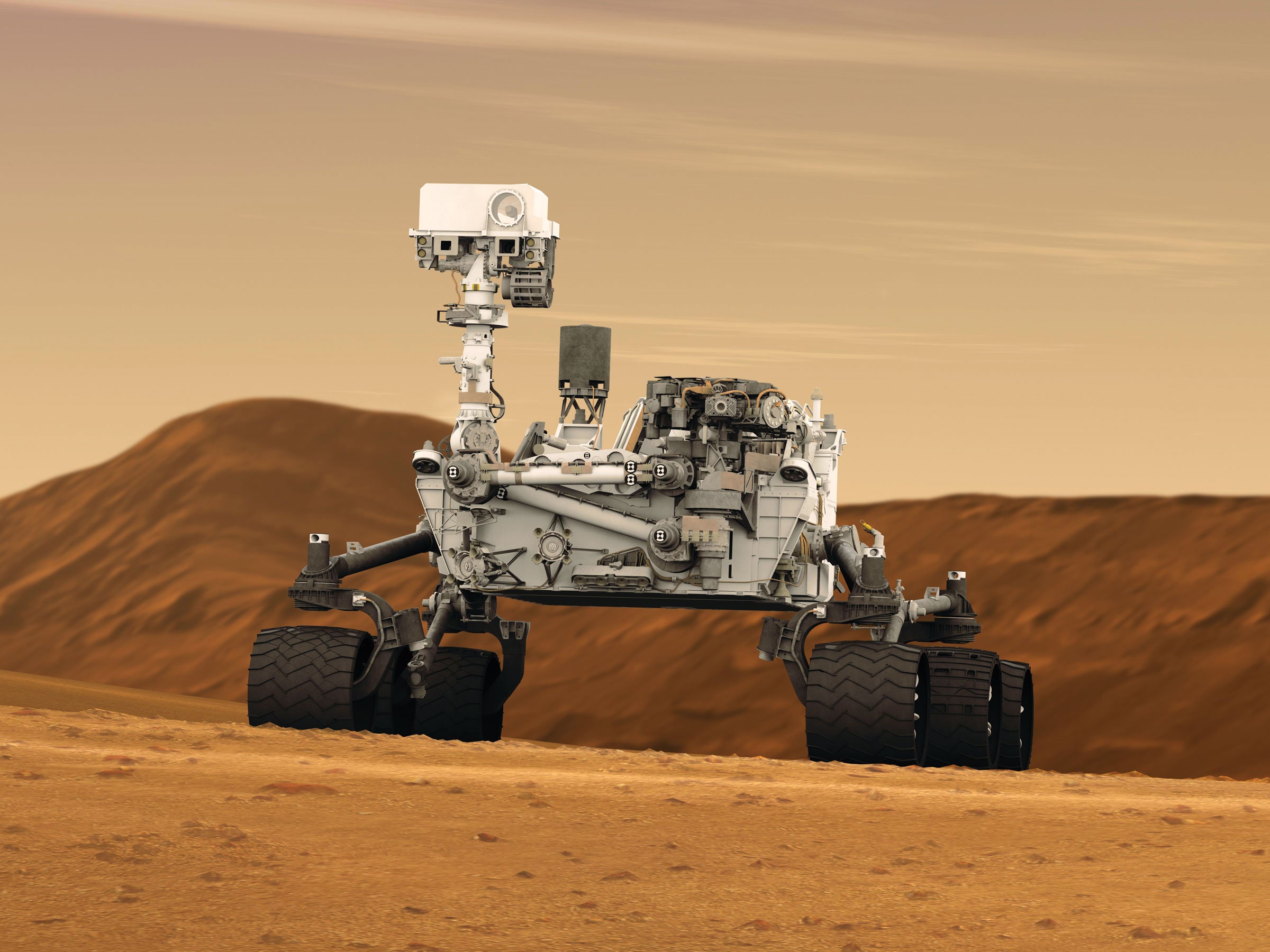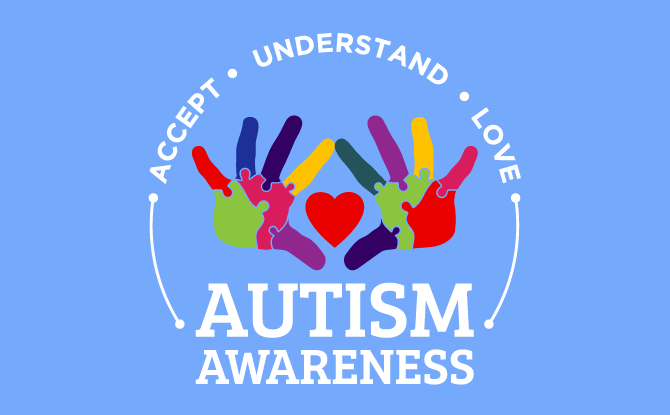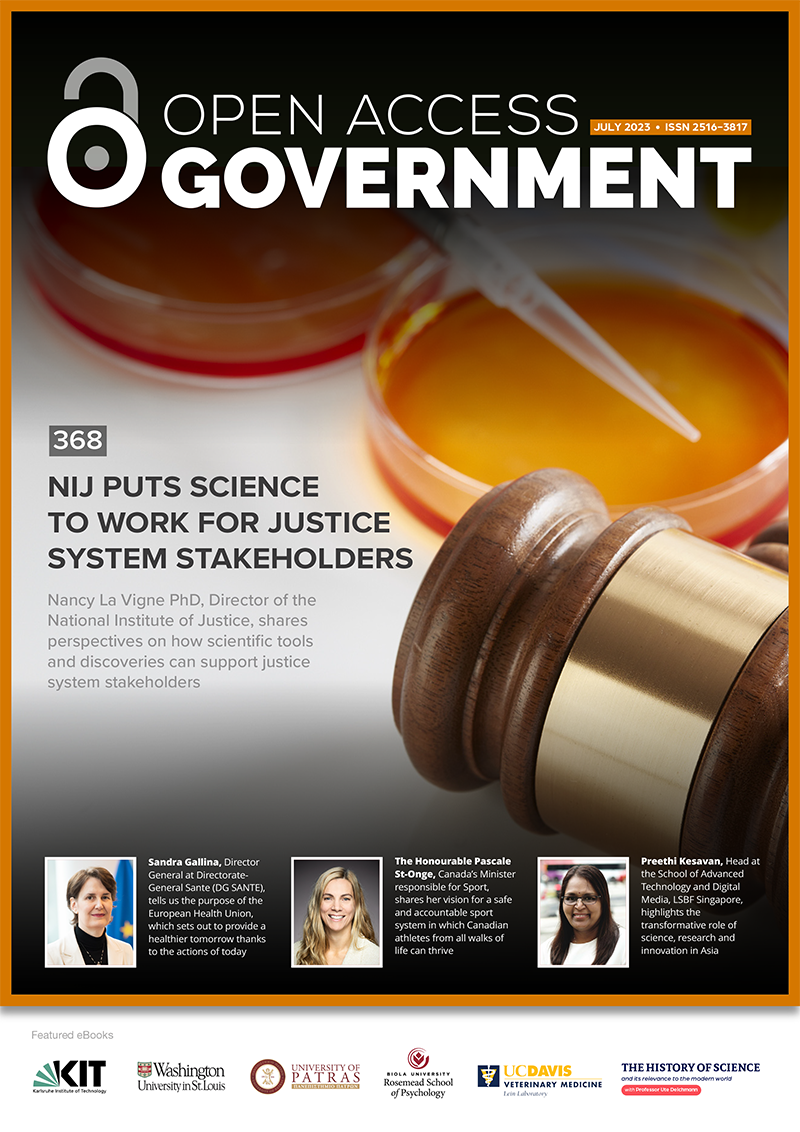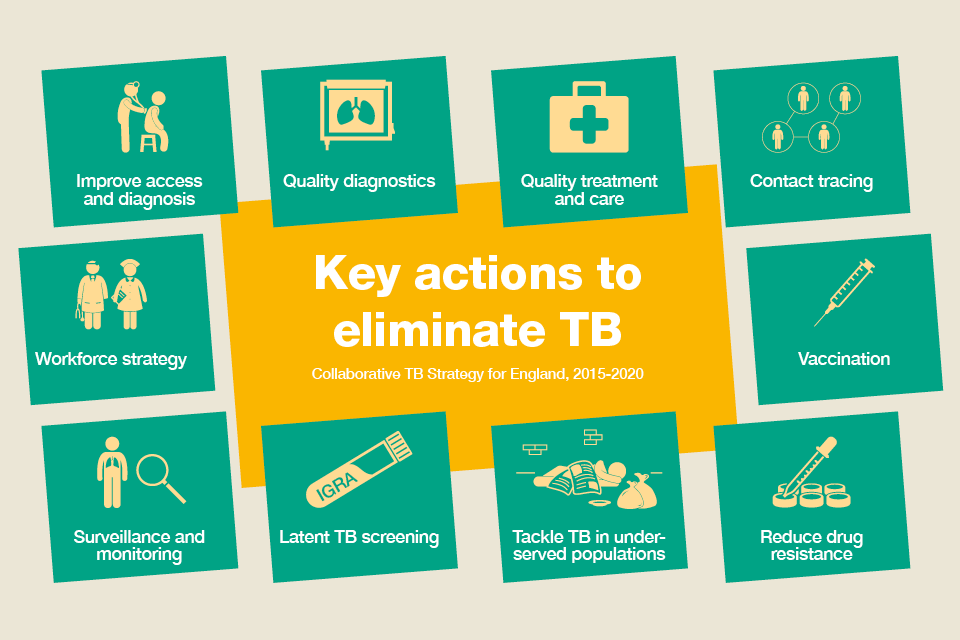


Scientists are left baffled as methane gas, which is often associated with living organisms on Earth, is detected on the surface of Gale Crater on Mars by the SAM chemical laboratory aboard the Curiosity Rover. Researchers propose a theory that methane may be trapped beneath a layer of solidified salt in the Martian regolith, explaining its sporadic and localised nature. This discovery also raises questions about the potential for extraterrestrial life on Mars and the ongoing quests for understanding its habitability.
Mars Methane Mystery: Curiosity Rover Detects Signs of Life?
Background:
Methane is a potent greenhouse gas on Earth, often associated with the presence of living organisms. Its detection on Mars raises the tantalizing possibility of extraterrestrial life.
Curiosity Rover Discovery:
In 2019, NASA's Curiosity rover detected elevated methane levels in the atmosphere of Gale Crater, where it had been exploring. The rover's Sample Analysis at Mars (SAM) instrument measured a spike in methane concentration, exceeding the background levels by 10 times.
Trapped beneath Salt Layer:
Researchers propose a theory that the methane may be trapped beneath a layer of solidified salt in the Martian regolith. This salt layer could have formed from the evaporation of ancient oceans or other salty brines.
Sporadic Nature:
Methane levels on Mars are sporadic and localized, appearing in certain areas but not others. This suggests that the gas is being episodically released, possibly by fractures in the salt layer or by the melting of underground ice.
Implications for Life on Mars:
The detection of methane raises the question of whether it could be microbial in origin, indicating the presence of life on Mars. However, methane can also be produced abiotically through geological processes, such as the interaction of water with minerals.
Top 5 FAQs and Answers:
1. Is the methane on Mars a sign of life?
Answer: While the presence of methane is often associated with life, it can also be produced abiotically on Mars. Further research is needed to determine whether the methane is biological or geological in origin.
2. Why is the methane sporadic and localized?
Answer: Researchers believe the methane is trapped beneath a salt layer and is released episodically through fractures or melting ice.
3. What is the significance of the Curiosity rover's discovery?
Answer: Curiosity's detection of methane has reignited interest in the possibility of life on Mars and has provided new clues about the planet's past and present habitability.
4. What are the next steps in investigating Martian methane?
Answer: Scientists plan to continue monitoring methane levels on Mars and to search for additional evidence of its origin. Future missions could also drill into the salt layer to directly sample any trapped methane.
5. What are the implications of life on Mars for humanity?
Answer: The discovery of life on Mars would have profound implications for our understanding of the universe, the origin of life, and our place in it. It could also inspire efforts to explore and potentially settle other planets.

On April 2, the world recognizes World Autism Awareness Day, bringing attention to the challenges faced by individuals with autism. The term "autism" was first introduced in 1911 and has been further defined and understood since then. As a wide range of developmental disorders, each diagnosis is unique, making it important to understand and support those on the spectrum. This day aims to raise awareness and promote understanding and support for individuals and their families.

In light of World Autism Awareness Day, experts, including a paediatric neurologist and a RCI-certified special educator, discuss the role of technology in assisting children with Autism Spectrum Disorder (ASD). They highlight the benefits of alternative communication devices, which can aid non-verbal children in expressing their emotions effectively. Furthermore, they share insights on the various technological tools and interventions that can enhance the learning and development of children with ASD.

With a wide range of publications, eBooks, and research articles, Open Access Government is a pioneering platform that shares relevant and comprehensive information on health, workplace, digital transformation, and other critical topics. As a Crossref Sponsored Member, the platform connects research content across the globe, strengthening the research communication network. With an impressive membership of over 20,000 organizations from 160 countries and support for billions of API queries, Crossref plays a significant role in promoting a collaborative and innovative research environment.

The use of ketamine as a treatment for depression has gained attention after Tesla and SpaceX CEO Elon Musk revealed that he uses the drug every other week. Derived from PCP, ketamine is a Schedule X drug that is regulated and monitored in India by prescribing doctors. While it has shown promise in managing mental health conditions, the euphoric effects of ketamine can lead to addiction if not supervised by a doctor.

A personal journey of discovering the true meaning of meditation leads to the realization of the role of Pranayama in enhancing the practice. Pranayama not only calms the mind and reduces thoughts, but also acts as a bridge between universal energy and ourselves, leading to a deeper connection in meditation. However, the importance of proper breath regulation and caution during kumbhaka is emphasized to avoid potential dangers and achieve optimal results in meditation.

Medindia, a leading health information website, has launched a new feature called Health Watch which aims to provide accurate and informative content on various health-related topics. The feature will include articles, e-books and consultations with qualified physicians, making it a one-stop destination for medical information. This initiative by Medindia is set to revolutionize the way people access and use health-related information, ensuring they have access to reliable and trustworthy sources for their health needs.

In the fight against tuberculosis, preventing the disease is just as important as treating it. According to Dr. Shweta Bansal of Artemis Hospitals, improving your immune system through diet, air quality, hygiene, and managing stress can significantly reduce your risk of TB. Her advice to avoid processed foods, maintain good hygiene, and get enough rest and relaxation serves as a crucial reminder to prioritize our overall health in preventing diseases like tuberculosis.

Every year, March 24 is observed around the world as World Tuberculosis Day to raise awareness about the ongoing fight against TB. This year's theme is "Yes! We Can End TB: Commit, Invest, Deliver," highlighting the crucial role of sustained commitment, financial investment, and effective interventions in eradicating this deadly disease. This day holds historical significance, dating back to 1882 when Dr. Robert Koch discovered the bacterium responsible for TB. Join India and the rest of the world in commemorating this day and working towards a TB-free future.

On World Tuberculosis Day 2025, learn about the symptoms of TB and how you can reduce your risk. The theme for this year's World TB Day is "Yes! We Can End TB", highlighting the collective effort needed to eliminate this disease. Prime Minister Narendra Modi has pledged to make India TB-free by 2025, ahead of the global target.

As we celebrate World Water Day, it's important to understand the importance of staying hydrated for our overall health. While the commonly known advice is to drink eight glasses of water a day, it actually varies for each individual. According to experts, women should drink 11.5 cups of water and men should drink 15.5 cups a day. However, factors such as diet and lifestyle also play a role in determining one's daily water intake. So let's decode the confusion and understand our specific water needs.